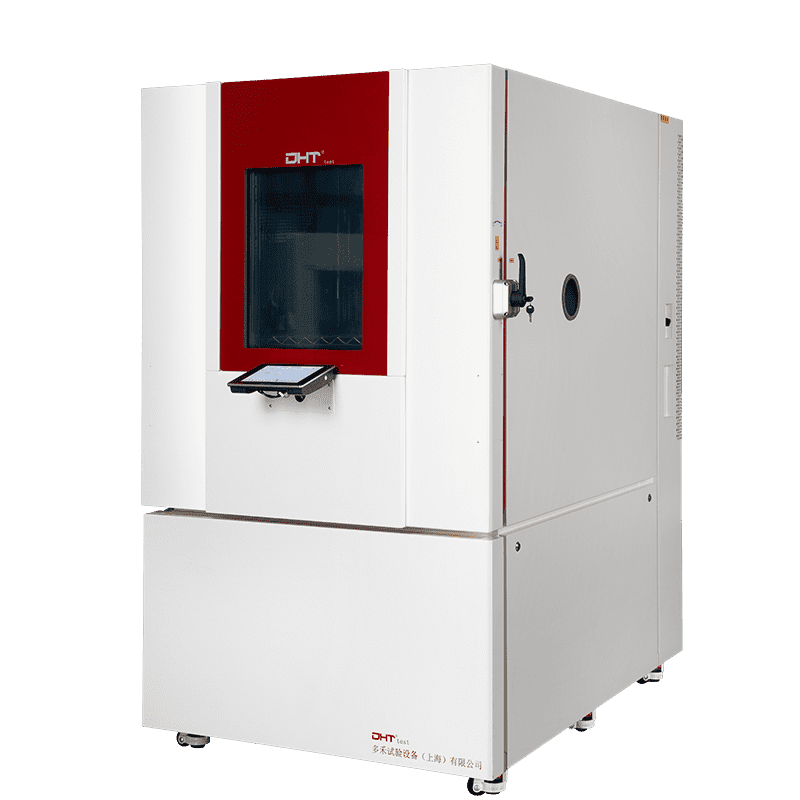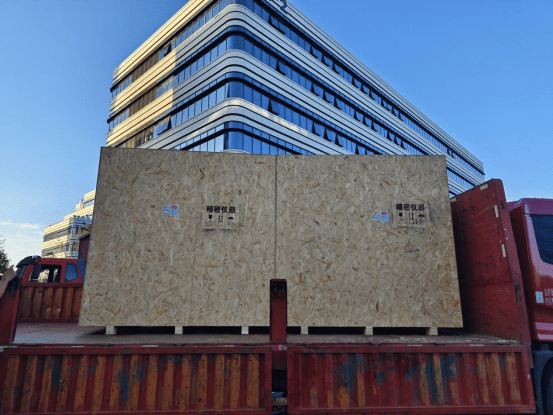
Pitfall 1: Prioritizing Chamber Size While Ignoring Lab Compatibility
Pitfall 2: Believing a “Universal System” Solves Everything
Pitfall 3: Overlooking Future Expansion and System Flexibility
Pitfall 4: Underestimating the Value of After-Sales Service and Maintenance
Pitfall 5: Neglecting Data Management and System Integration
What Do These Pitfalls Really Cost You?
-
Extended testing cycles and delayed product timelines Inaccurate configurations lead to repeated adjustments and slower development.
-
Inconsistent test results and poor data reliability Inadequate control or incomplete data capture compromises test repeatability and credibility.
-
Disorganized lab layout and low space utilization Poorly matched equipment disrupts workflow and resource efficiency.
-
Surging maintenance costs and budget overruns Frequent breakdowns and complex upkeep increase both manpower and financial burdens.
-
Inability to meet future test standards Non-upgradable systems limit your capacity for innovation and scalability.
How to Choose the Right Walk-in Chamber? Three Core Principles
Definieren Sie ein klares Testanforderungsprofil
Match Equipment to Your Lab’s Physical Conditions
Plan for the Future with Scalable and Integratable Design
Why Choose a DHT® Walk-in Environmental Chamber?
-300x300.png.webp)
-
Built with German engineering standards and locally manufactured, DHT chambers offer a wide temperature range from -70°C to +80°C and humidity control from 20% to 98% RH. With precise temperature uniformity (±2°C) and fluctuation (≤±0.5°C), they meet the demanding needs of industries such as aerospace, automotive, and new energy.
-
Robuste structural design supports on-site assembly and custom expansion (such as integration with vibration tables), improving test versatility. The European-imported touchscreen control system supports real-time data logging, remote monitoring, and fault diagnostics—making operation intuitive and data traceable.
-
Energieeffizienz is built-in, thanks to vacuum-insulated windows, eco-friendly refrigerants, and a modular system architecture that reduces operational costs and aligns with green manufacturing goals.
-
With a nationwide service network and flexible customization, DHT® provides rapid response and tailored solutions—cutting costs by 15–20% compared to imported brands, while maintaining CE certification for global market access.
Final Thoughts: Make Smarter Choices, Build Stronger Capabilities
Leute fragen auch
Was verursacht inkonsistente Ergebnisse bei thermischen Schocktests, selbst bei Verwendung einer kalibrierten Kammer?
Inkonsistente Ergebnisse resultieren oft aus versteckten thermischen Gradienten innerhalb der Probe und nicht aus einer Fehlfunktion der Kammer. Während sich die Kammerluft schnell stabilisieren kann, bleibt die Innentemperatur von dichten oder komplexen Proben zurück und verursacht ungleichmäßigen thermischen Stress. Dies kann zu Mikrorissen oder Lötstellenversagen führen, die Standardsensoren nicht erfassen. Um dies zu vermeiden, verwenden Sie eingebaute Thermoelemente oder Infrarot-Thermografie, um Kerntemperaturen zu überwachen und die Übertragungszeit entsprechend anzupassen.
Wie oft sollte eine Thermoschockkammer kalibriert und gewartet werden?
Aufgrund der hochfrequenten thermischen Zyklen zwischen extremen Temperaturen verschlechtern sich Komponenten wie Sensoren, Dichtungen und Kühlsysteme im Laufe der Zeit. Es wird empfohlen, Temperatursensoren alle 6 bis 12 Monate zu kalibrieren und einen vorbeugenden Wartungsplan umzusetzen, der das Überprüfen von Dichtungen, Reinigen von Spulen und Überwachen von Systemdiagnosen umfasst. Fortschrittliche Kammern, wie die von DHT®, verfügen über Selbstdiagnosesysteme und Auto-Kalibrierungsfunktionen, um Ausfallzeiten zu reduzieren und langfristige Zuverlässigkeit zu gewährleisten.
Kann ein Modell einer thermischen Schockkammer alle Industriestandards erfüllen (z.B. IEC, MIL-STD, GB/T)?
Nicht unbedingt. Während viele Kammern einen großen Temperaturbereich und schnelle Übergangsgeschwindigkeiten unterstützen, haben Standards wie IEC 60068, MIL-STD-883 und GB/T 2423.22 nuancierte Unterschiede bei den Transferzeitgrenzen, Wiederherstellungsdauern und Anforderungen an die Verweilzeit. Um die Konformität sicherzustellen, wählen Sie eine Kammer mit programmierbaren Profilen und konsultieren Sie den Hersteller (wie z.B. DHT®) für eine maßgeschneiderte Konfiguration, die auf Ihre spezifischen Zertifizierungsbedürfnisse abgestimmt ist.


